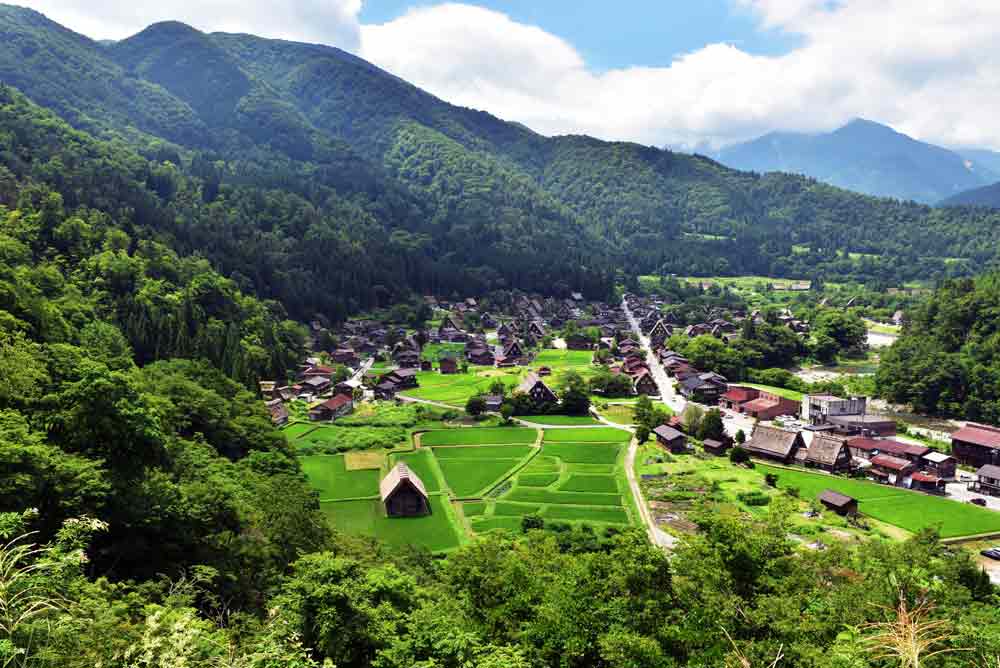Shirakawa-go is a small but charming village enveloped by snow-capped mountains situated within the north-west of Gifu Prefecture (roughly 200km southwest of Nagano). Set within the larger village of Shirakawa, the landscape predominately consists of traditional natural elements such as rice fields, small farms, wild plants and flowers. Said to be ‘frozen in time’, Shirakawa-go was listed as an UNESCO site in 1995 as a result of the locals’ commitment towards preserving many unique elements of the village’s history; despite the harsh climate and associated agricultural challenges. Now, let’s discover Shirakawago snow
- Shirakawago travel blog — The fullest Shirakawago travel guide for first-timers
- What to do in Shirakawago — 5+ top & best to do in Shirakawa-go village
- The ULTIMATE Uji travel guide: Top attractions, best things to do in Uji Kyoto, Tips & MORE
- Kyoto itinerary 5 days: How to spend 5 days in kyoto perfectly?
- 19+ best sightseeing spots & most beautiful places to see in Japan: Mountains – Forests – Seas – Cities

The original thatched-roof houses and the surrounding canals and roads largely remain the same, which is why UNESCO pronounced it as World Heritage. The organisation’s website states that the site provides “outstanding examples of traditional human settlements that are perfectly adapted to their environment and their social and economic [situation]”. Despite the town’s existence seeming observably simple and picturesque, perhaps the main reason tourists flock to the quaint village is to learn what fascinating activities took place within the typical four-storey dwellings.
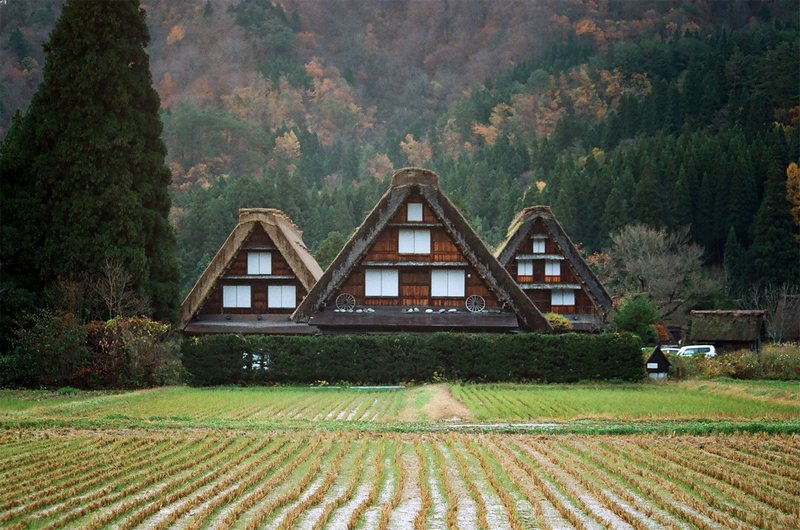
The dwellings, known as Gasshō-zukuri, are said to be the only of their kind in Japan. With distinctly steep thatched roofs resembling hands in pray (angled up to 60-degrees), the unique design can bear the brunt of constant snow fall, as it won’t allow for enough snow to gather and become adversely weighty. While engineered to have great strength, the roofs are said to need replacing every 30 years. If you’re lucky enough to lay eyes upon the roof tops from one of the vantage points, you’re likely to appreciate the work that’s gone into their construction.

For the best outlooks and the chance to step foot inside a number of the dwellings, visit the village of Ogimachi. With many of the houses set up for visitors, they sit in clusters which are all in walking distance from one another. Although it’s a bit of a feat to get out to Shirakawa-go (roughly five hours from Tokyo), once there you’ll have no trouble finding your way around, as there’s plenty of signage and many of the attraction operators can speak some English. Some online reviews mention that the area can become crowded with tourists during winter, so an overnight stay is recommended if you’d like to beat the afternoon influx of passengers opting for a day trip.
It’s recommended that upon arrival you head to Ogimachi Castle for the best view over the main village. In winter you can take enchanted Disney movie-like photos comprised of ornamental bare branches and white powdered roof tops. Over two and a half centuries ago, it’s believed that there were approximately 300 Gasshō-zukuri. However, today you’ll count 114 at best. The oldest residential property still in use is said to be roughly 300 years old.

Aside from the admirable visual aesthetics of the Gasshō-zukuri, the way the roof space was utilised by farmers is fascinating to learn. Aware that the heat produced on the lower floors would rise up to the attic, they took advantage of the warm environment to cultivate profitable by-products of silkworms. With plentiful mulberry trees growing in the area, silkworms would feed amongst their leaves. Farmers knew that as long as they provided the silkworms with warmth and food, they would produce silken cocoons. The equipment used can be seen on display in some of the attics of the larger houses.




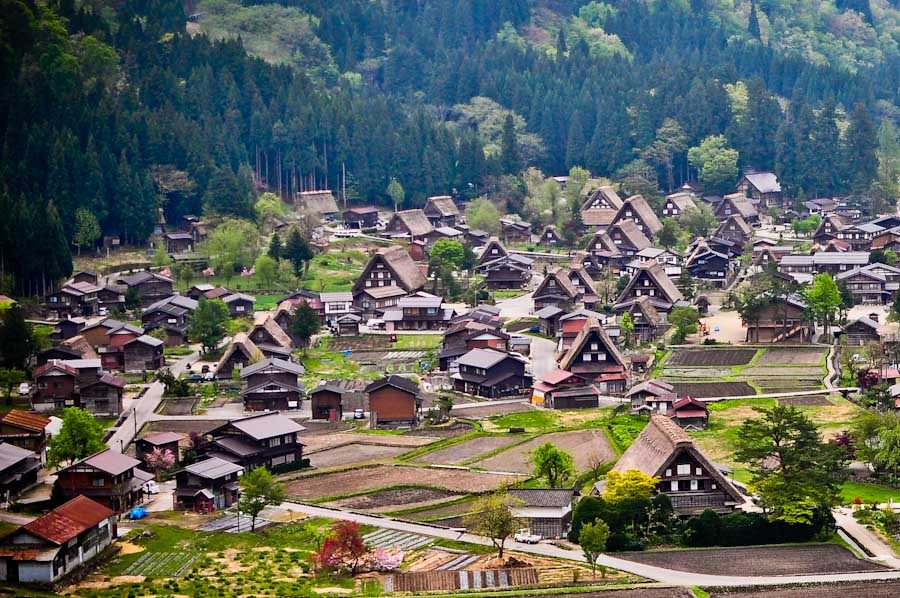
There are a number of dwellings open to the public, collectively functioning as an open-air museum called Gassho-zukuri Minkaen. Many of the farmhouses you can enter were originally built elsewhere but were relocated to the common site to ensure their preservation. Houses Wada (the largest farmhouse) and Nagase contain original tools and items used in the daily lives of people residing in similar dwellings in the region.





Whilst none of the information placards are written in English, it’s rare to find such an extensive collection that encapsulates a discreet, but charming part of Japanese history. If you visit during the warmer months, you may like to do the trail walk up to Shiroyama Viewpoint, as the views you’ll experience during the incline will keep you motivated. If you’re not so keen on charging up hill for 20 minutes, or the snow has set in, you can take the shuttle bus which departs from outside the tourist information centre.

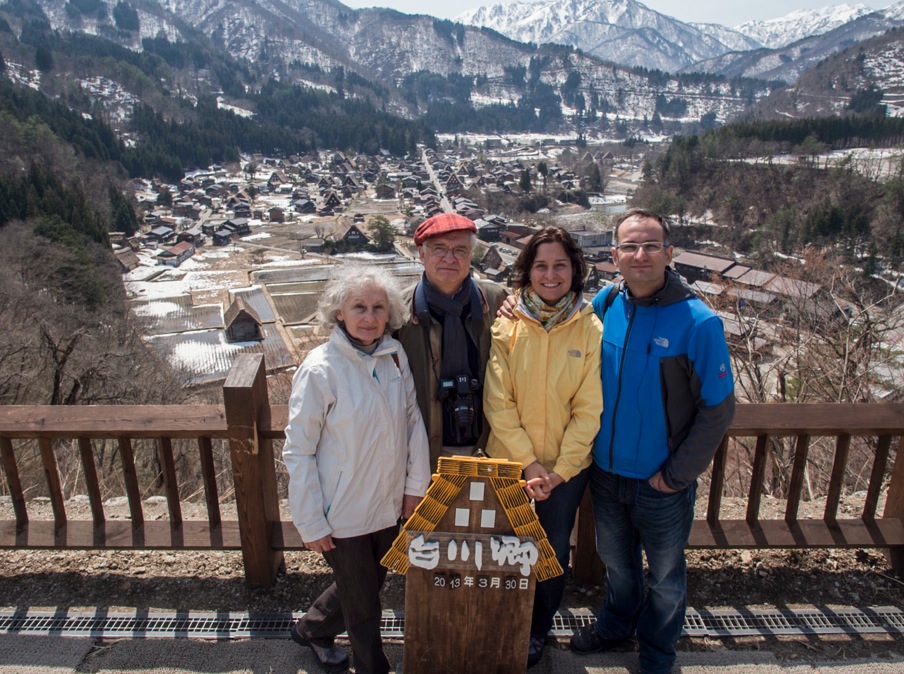

If you enjoy taking photos and seek a different visual perspective, visit Kanda-ke House and head upstairs to find yourself the perfect looking window. Here you’ll be able to get a sense of what it would be like to wake up to such a stunning view. Another house well worth checking out is Nagase. Aside from housing a selection of farming tools and silkworm rearing equipment, there are vintage medical tools on display, as the house was once occupied by doctors. It’s important to bear in mind when planning a day trip that each house has irregular closing hours. It’s recommended you check official websites before jumping on the train and heading for the mountains.

If you plan on staying overnight, you will find a number of the farmhouses being utilised as restaurants and minshukus (Japanese style bed and breakfast). During your stay you can see how you’d fare making a living through practising traditional crafts such as fabric dyeing and weaving. If you’d prefer just to relax and warm up, you can visit the public bathing house at the Shirakawa-go no yu. Somewhere in-between the two is the soba noodle making class; create, eat and warm up as you attempt to learn from the masters.
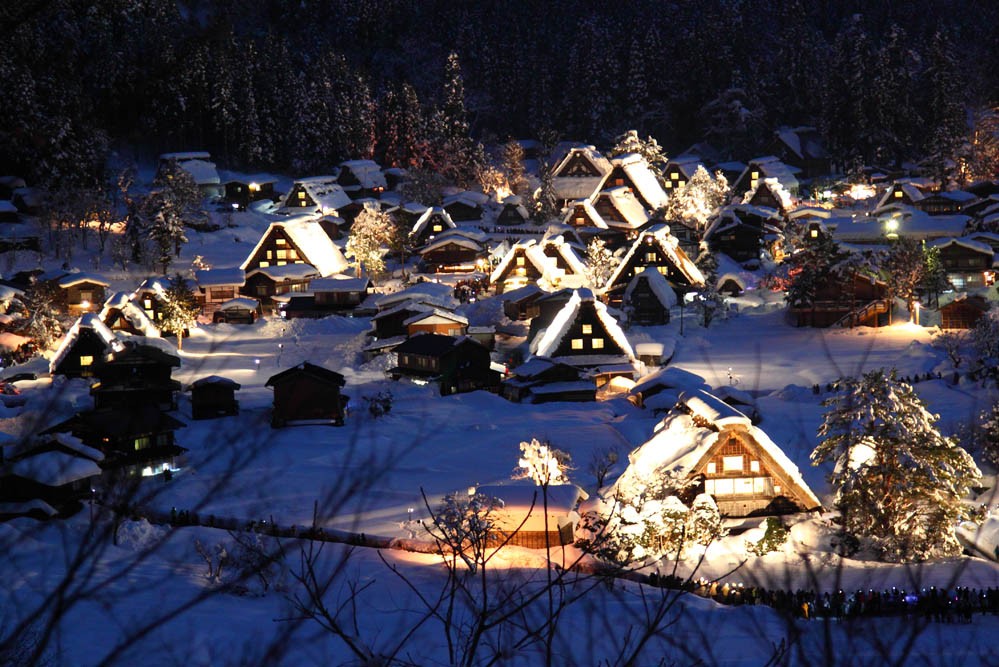
How to go to Shirakawago from Tokyo
From Tokyo: 2-hour train to Nagoya Station (JR Tokaido Shinkansen Line), approx. 2-hour train from Nagoya to Takayama Station (JR Takayama Line) then 50 minutes from Takayama by bus (Nohi Bus Center).

Some best day tours, trips, activities and transfer services, tickets in and to Shirakawa-go you can refer to
- A Day in Shirakawa Village and Takayama
- Gokayama Ainokura & Shirakawago Bus Tour
- Takayama and Shirakawa-go Day Trip from Nagoya
- Shirakawago Ogimachi Village Half Day Tour from Takayama
- Shirakawa-go, Takayama, and Kamikochi Day Tour from Nagoya
- Takayama Spring Festival & Shirakawago Tour
- [Klook Exclusive] Shirakawago Illumination Wonderland Trip from Nagoya or Takayama
Shirakawago Minkaen Illumination & Festa Forest Museum Round Trip Bus Trip from Takayama - Shirakawago Day Trip with Exclusive Illumination Winter Event and Round Trip Transfer from Takayama
Are you looking for more Shirakawago travel guide and top things to do in Shirakawago: Tours, activities, attractions and other things? Read more: Explore 5 things to do in Shirakawa-go — One of the most beautiful Japanese traditional village hidden behind the mountain.































![10 best airports in Asia in 2016 [RANKED] kuala-lumpur-international-airport-best airports in asia in 2016 by skytrax ratings](https://livingnomads.com/wp-content/uploads/2016/08/29/kuala-lumpur-international-airport-best-airports-in-asia-in-2016-by-skytrax-ratings-218x150.jpg)










